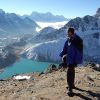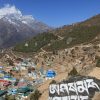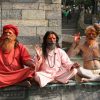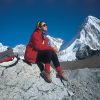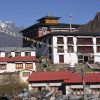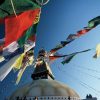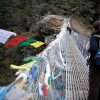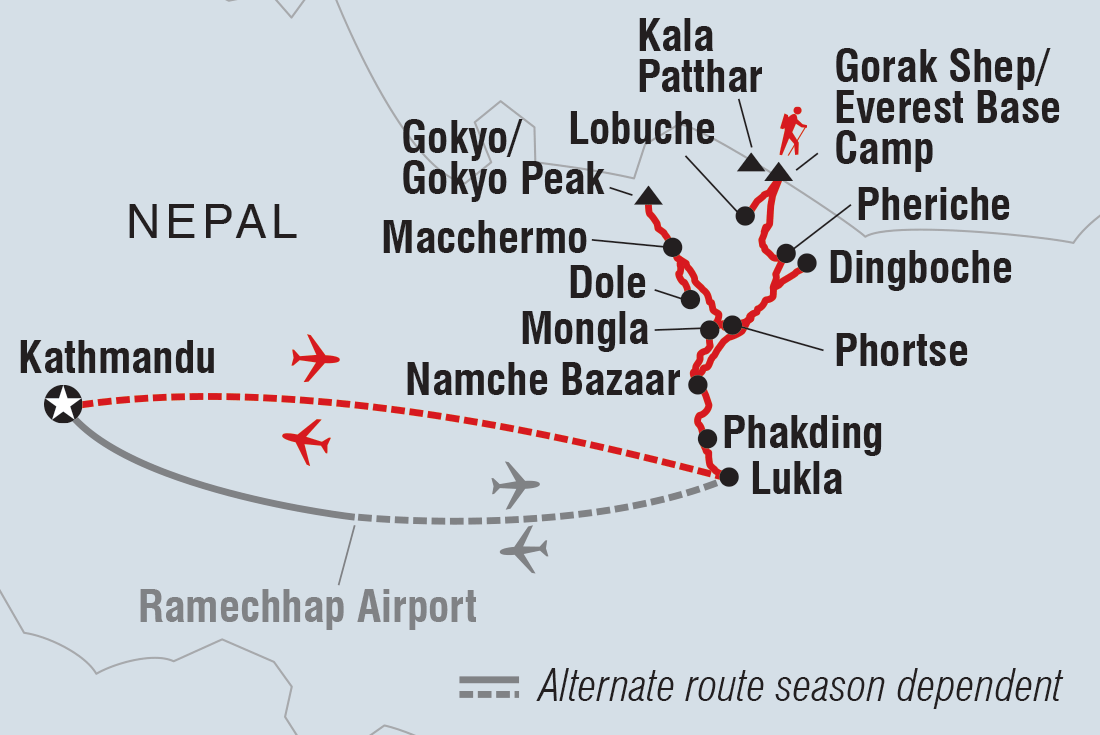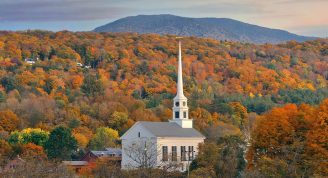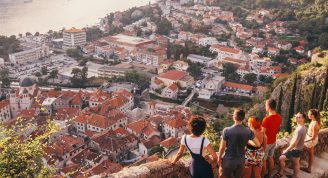Description
Embark on an unforgettable 19-day adventure into the heights of the Himalayas, and earn the right to say you’ve conquered the challenge of reaching Everest Base Camp. Fly into Lukla from Kathmandu, then hit the trails of Sagarmatha National Park. Explore the mountains and valleys around the towering peak, rest in teahouses and take the path less travelled into the stunning Gokyo Lakes region. Then, it’s upwards and onwards to Base Camp, sitting a cool 5364 m above sea level. With the help of your expert leader you’ll learn about Nepalese culture as you go, and you’ll feel the support of your like-minded travellers.
ALTERNATE ITINERARY:
In case of weather conditions leading to cancellations or delays in flights, this trip will operate on an alternate itinerary. Please see Day 1 of the itinerary for more details.
- This is one of the world’s great classic treks, with the additional challenge of reaching Gokyo Lakes. Experience breathtaking scenery and the comradery of trekking with a small group as you challenge yourself to reach Base Camp and beyond. You can read more about what to expect here: https://www.intrepidtravel.com/adventures/everest-base-camp-trek/
- Get your first glimpses of the might Himalayan range on the included flight from Kathmandu to Lukla – surely one of the most dramatically located airports anywhere.
- Hike with an experienced and passionate locally-based leader as well as a team of guides and porters on a trek that operates according to standards that provide respectful, safe and fair working conditions.
- Stay in a lodge near the world’s highest freshwater lake system in Gokyo, sacred to both Hindus and Buddhists and sure to stun any of those lucky enough to see them in person.
- You’ll forget the ache in your body and the chill on your nose the second you’re warming your hands over a plate of momos, but the memories of Himalayan vistas and the feeling of accomplishment will last a lifetime.



